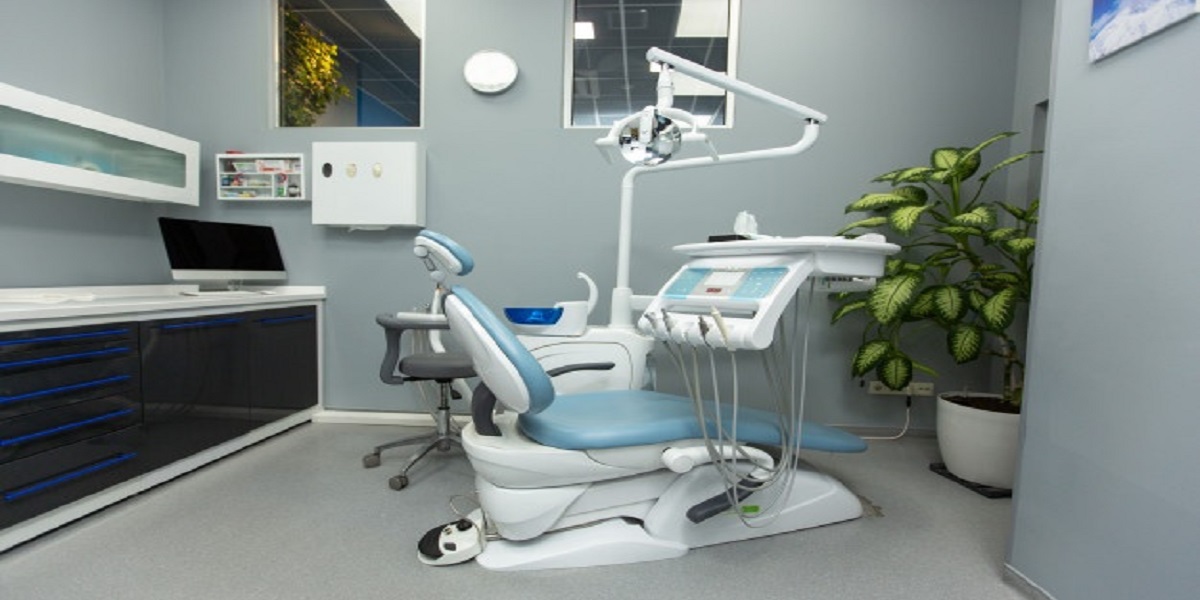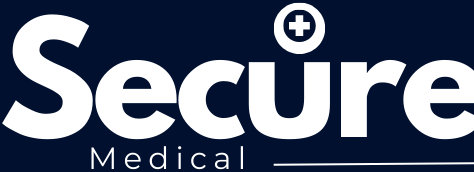Compliance with regulatory standards and industry guidelines is essential to ensure the safety, efficacy, and quality of healthcare equipment. Key considerations include:
- Adherence to Industry Standards: Compliance with FDA regulations, ISO certifications, and other industry standards guarantees that healthcare equipment meets rigorous quality and safety requirements.
- Compliance with Government Regulations: Understanding and adhering to government regulations and legal requirements governing the manufacturing, sale, and use of healthcare equipment.
- Impact of Regulatory Changes: Staying informed about regulatory changes and updates to ensure ongoing compliance and mitigate potential legal and financial risks.
XIV. Investing in Healthcare Equipment: ROI and Long-Term Benefits
Investing in healthcare equipment requires careful consideration of the return on investment (ROI) and long-term benefits. Factors to consider include:
- Calculating ROI: Assessing the financial impact of healthcare equipment investments, including upfront costs, operational expenses, and potential cost savings or revenue generation opportunities.
- Long-Term Value: Evaluating the long-term benefits of healthcare equipment, such as improved patient outcomes, enhanced operational efficiency, and competitive advantage in the market.
- Strategies for Maximizing Benefits: Implementing strategies to maximize the benefits of healthcare equipment investments, such as regular maintenance, staff training, and leveraging technology advancements.
The cornerstone of modern healthcare delivery lies in the utilization of advanced medical technologies and equipment. From diagnostic tools to therapeutic devices and monitoring systems, healthcare equipment plays a pivotal role in diagnosing illnesses, delivering treatments, and improving patient outcomes. In this article, we explore the multifaceted nature of investing in healthcare equipment, emphasizing the tangible returns on investment and the enduring benefits that extend far into the future.
Understanding Healthcare Equipment
Before delving into the specifics of investment, it’s essential to grasp the breadth and depth of healthcare equipment. This encompasses a wide array of devices, instruments, and machinery utilized across various medical specialties and healthcare settings. Diagnostic equipment such as MRI machines, X-ray machines, and ultrasound scanners enable clinicians to visualize internal structures and identify abnormalities. Therapeutic equipment, including infusion pumps, ventilators, and surgical lasers, facilitate treatments and interventions. Monitoring devices such as ECG monitors, pulse oximeters, and blood pressure cuffs provide real-time data on patient vital signs, enabling timely interventions.
The Need for Investment
The relentless march of medical progress necessitates continual investment in healthcare equipment. Technological advancements, ranging from miniaturization and automation to AI integration and telemedicine, offer unprecedented opportunities to enhance patient care and operational efficiency. Moreover, outdated equipment poses significant challenges, including suboptimal performance, increased maintenance costs, and compromised patient safety. By investing in state-of-the-art equipment, healthcare facilities can address these challenges while positioning themselves at the forefront of medical innovation.

ROI in Healthcare Equipment Investment
ROI serves as a crucial metric for evaluating the financial viability of healthcare equipment investments. Beyond the initial capital outlay, ROI encompasses a broader spectrum of tangible and intangible benefits, including cost savings, revenue generation, and enhanced patient outcomes. By conducting comprehensive cost-benefit analyses, healthcare decision-makers can quantify the returns associated with equipment investments and make informed investment decisions.
Financial Considerations
While the upfront costs of acquiring healthcare equipment may seem daunting, it’s essential to view investment decisions through a long-term lens. By weighing the initial investment against the anticipated benefits and cost savings over the equipment’s lifespan, healthcare organizations can make sound financial decisions. Moreover, exploring alternative financing options such as leasing, equipment loans, and government grants can alleviate the financial burden and facilitate timely equipment acquisitions.
Quality Assurance and Compliance
Maintaining rigorous quality standards and regulatory compliance is paramount in healthcare equipment investment. Non-compliance not only jeopardizes patient safety but also exposes healthcare organizations to legal and financial liabilities. By adhering to industry regulations, certifications, and best practices, healthcare providers can ensure the reliability, safety, and efficacy of their equipment investments, thereby safeguarding both patients and stakeholders.
Technology Trends in Healthcare Equipment
The landscape of healthcare equipment is continually evolving, driven by rapid technological innovation. AI and IoT technologies are revolutionizing healthcare delivery, enabling predictive analytics, remote monitoring, and personalized medicine. Telemedicine platforms and wearable devices are empowering patients to take control of their health while facilitating remote consultations and monitoring. By embracing these technological trends, healthcare organizations can enhance efficiency, accessibility, and patient engagement.
Enhancing Patient Care and Outcomes
At the heart of healthcare equipment investment lies the overarching goal of improving patient care and outcomes. By leveraging advanced medical technologies, healthcare providers can streamline workflows, reduce wait times, and enhance treatment precision. Moreover, patient-centered design principles ensure that healthcare equipment is intuitive, ergonomic, and conducive to positive patient experiences. Ultimately, investments in healthcare equipment translate into tangible improvements
XV. Conclusion
In conclusion, healthcare equipment plays a vital role in modern healthcare delivery, enabling healthcare professionals to provide quality care and improve patient outcomes. From diagnostic and therapeutic devices to patient care equipment, innovations in healthcare technology continue to drive advancements in medical practice. By investing in sustainable, high-quality equipment and prioritizing regulatory compliance and patient safety, healthcare providers can enhance the quality of care and meet the evolving needs of patients and communities.
